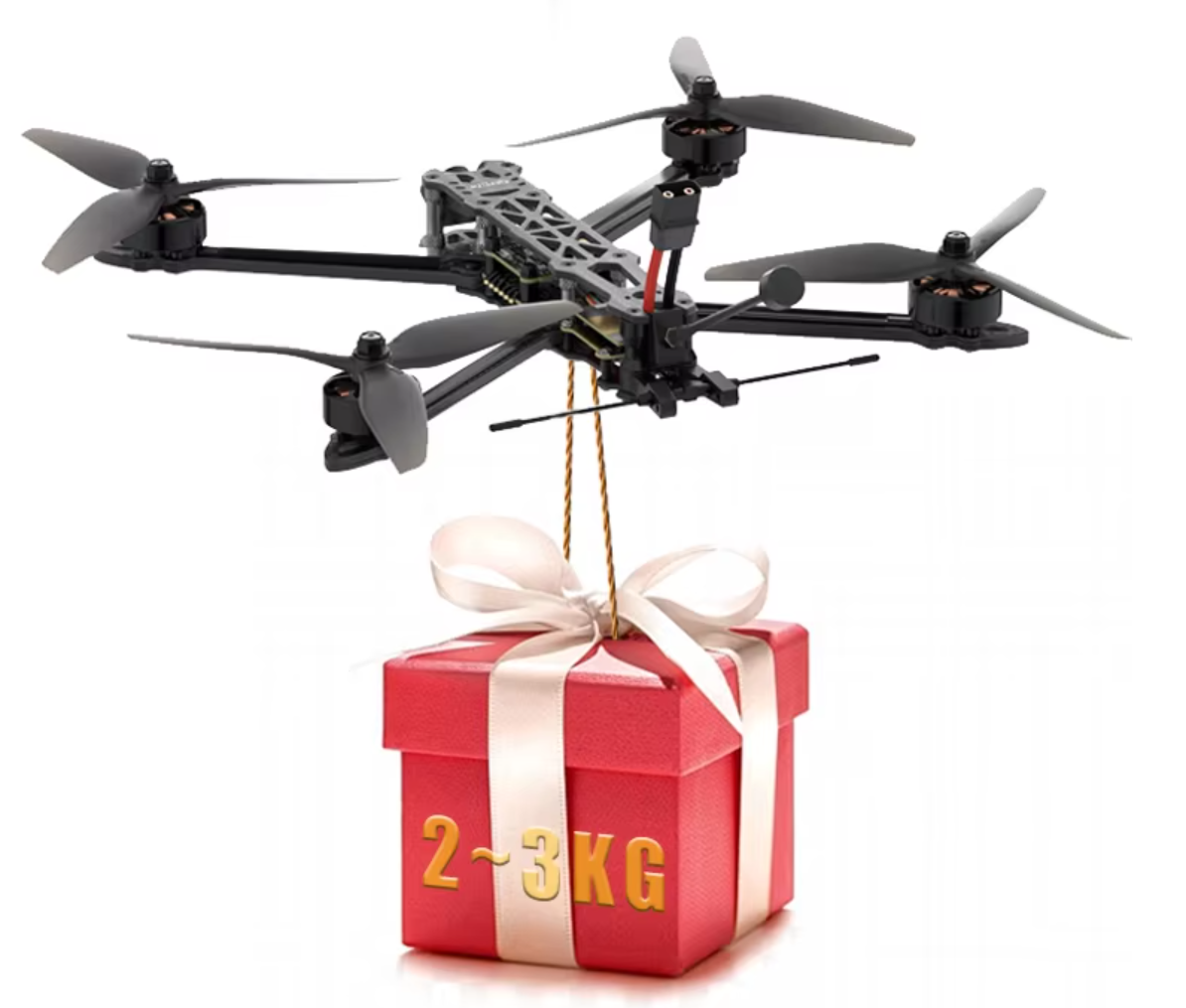UHF RFID technology is capable of reading multiple tags simultaneously, offers strong penetration, supports multiple read/write operations, and provides a large memory capacity. Passive electronic tags are cost-effective, compact, easy to use, and highly reliable with long service life. These features have attracted global attention and interest from many countries.
The core technologies of UHF RFID mainly include anti-collision algorithms, low-power chip design, UHF tag antenna design, and testing and certification. In China, the development of UHF automatic identification technology lags behind international standards by about 2–3 years. Although some patented technologies have been developed, the number remains limited. Below is a brief overview of some patents related to these technologies that have been filed in China and either published or authorized.
1. Anti-Collision Algorithm
a) Shenzhen China Communication Technology Co., Ltd. applied for the Chinese invention patent (CN101013465) in February 2007. This patent relates to a multi-tag anti-collision algorithm used in UHF long-range automatic identification systems. The algorithm dynamically adjusts the Q value based on the data returned from the tags. It involves setting an initial Q value between 0 and 15, sending a QUERY command, and receiving responses. If no collision occurs, the process ends; otherwise, the Q value is adjusted according to the number of collisions. The dynamic Q value is calculated using an estimated label count and probability-based exponential operations. This method ensures efficient and accurate reading of multiple tags in UHF systems.
b) Fudan University filed the Chinese invention patent (CN101183422) in December 2007, which introduces a random anti-collision algorithm combining Bit-Slot and ID-Slot techniques. Tags randomly select a slot to send a 1-bit acknowledgment signal, and the reader processes the received data to determine collisions. By eliminating empty slots and using shorter QueryRep commands instead of longer "unique code" confirmations, this approach improves the speed of multi-tag recognition.
c) Shanghai Fudan Microelectronics Co., Ltd. submitted the Chinese invention patent (CN1591041) in August 2003, focusing on an anti-collision method for HF RFID systems. The system uses a wireless communication protocol with logic signals and time slots for transmitting commands and acknowledgments. This method enhances synchronization and reduces interference, improving the overall performance of the RFID system.
d) In December 2008, Shanghai Fudan Microelectronics Co., Ltd. applied for the Chinese invention patent (CN101464940), which describes a multi-tag anti-collision algorithm. It includes steps such as clearing, querying, and processing tag responses. The algorithm dynamically adjusts the Q value and reduces the number of tags in the reader’s range, thereby improving recognition efficiency and reducing electromagnetic interference.
2. Low-Power Chip Design
a) Peking University Shenzhen Graduate School filed the Chinese invention patent (CN101281614) in April 2008, describing a demodulation circuit for UHF RFID chips. The circuit includes envelope detection and shaping stages, which convert RF signals into S and Sav signals. The design incorporates components like resistors, diodes, and capacitors to achieve low power consumption and cost-effectiveness, making it suitable for widespread use in RFID applications.
3. UHF Electronic Tag Antenna Design
... (continuation)
Antenna design plays a crucial role in the performance of UHF RFID tags. A well-designed antenna ensures efficient signal transmission and reception, which is essential for maximizing read range and reliability. Various approaches have been explored to optimize antenna performance, including the use of different materials, shapes, and configurations. For example, some designs focus on improving impedance matching to enhance energy transfer, while others aim to reduce size without compromising performance. Research continues to refine these designs to meet the growing demands of real-world applications such as logistics, inventory management, and supply chain tracking. As the industry evolves, innovative antenna solutions will remain a key area of development in UHF RFID technology.
FPV Drones 7 10 13 Inch Heavy Payload Long time Flight with Night Vision Camera Racing FPV Drones,I hope this drone can bring you passion and happiness. Please do not use it for war


FPV uav used for throwing,Night Vision Camera Racing FPV Drones,Customized Throwing FPV drone,FPV Unmanned Aerial Vehicle Used for Throwing
Jiangsu Yunbo Intelligent Technology Co., Ltd , https://www.fmodel-ai.com